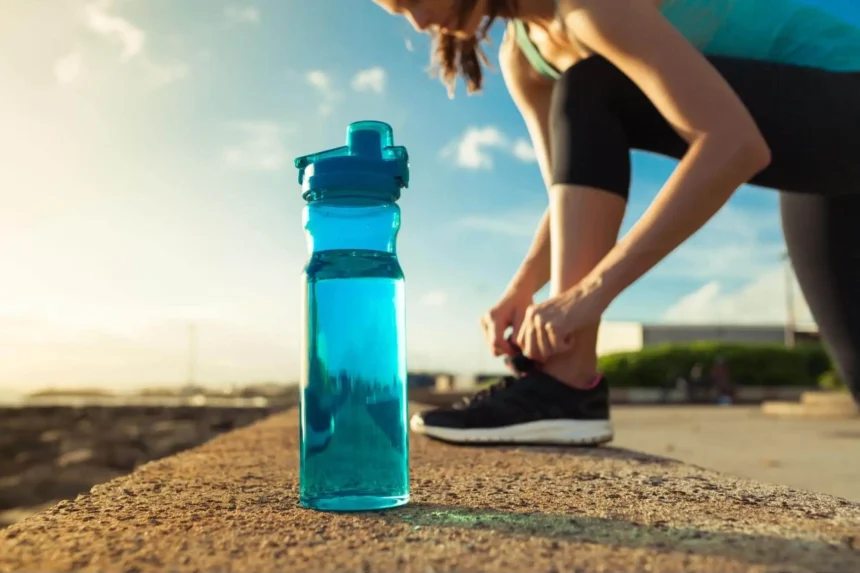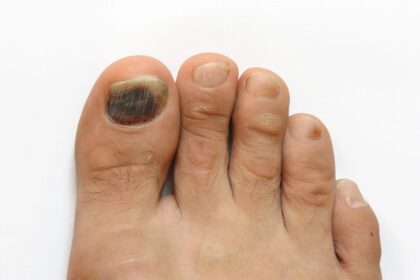Athletic performance depends on factors such as training, technique, recovery, and, often overlooked, hydration. Research suggests fluid balance may influence sports injury risk, highlighting the value of staying hydrated. While hydration won’t prevent all injuries, maintaining proper fluid levels can support your body’s response to physical stress and improve performance strategies.
Hydration and Sports Injury
Dehydration can increase the risk ofsports injury by affecting multiple body systems for safe athletic performance. When fluid levels drop, blood volume decreases, which may reduce the delivery of oxygen and nutrients to muscles. This can impact muscle function, coordination, and decision-making, all of which help prevent sports injuries.
Temperature regulation also depends heavily on adequate fluid levels. As core body temperature rises during exercise, the body relies on sweating to maintain safe internal temperatures. Insufficient fluid availability can compromise this cooling mechanism, potentially leading to heat-related complications that increase susceptibility to injury.
Joint lubrication represents another area where hydration status may play a role. Synovial fluid, which helps cushion and lubricate joints during movement, contains significant water content. While the direct relationship between hydration and joint function requires further study, maintaining adequate fluid levels supports overall tissue health.
Practical Hydration for Athletes
Adequate hydration begins well before exercise by drinking fluids throughout the day to maintain proper hydration levels, indicated by pale yellow urine. In the hours leading up to activity, focus on consistent fluid intake rather than drinking large amounts right before, which can cause discomfort. During exercise, hydration needs depend on sweat rate, environmental conditions, and duration. For sessions lasting over an hour or involving heavy sweating, sports drinks with electrolytes may be beneficial. After exercise, rehydration is key for recovery and future performance.
Environmental Considerations and Factors
Hot, humid conditions increase fluid requirements and may raise the risk of injury if hydration strategies aren’t adjusted. Heat illness is a serious concern and can be life-threatening in such environments. Proper fluid replacement becomes key to maintaining safety and performance. Athletes must plan ahead to stay hydrated in challenging conditions.
Individual factors also play a role in hydration needs, as body size, fitness level, and acclimatization status all affect sweat rates. Genetic factors further influence personal fluid requirements. This means what works for one athlete may not suit another’s needs. Customizing hydration strategies is beneficial for optimal performance.
Age is another important consideration when it comes to hydration. Young athletes are more at risk for dehydration due to differences in thermoregulation. They may also fail to recognize early signs of fluid deficits. Older athletes, on the other hand, may need deliberate attention to fluid intake due to altered thirst responses.
Support Your Athletic Goals
Proper hydration plays a key role in managing sports injury risk, though it cannot eliminate all possibilities. Developing a tailored hydration plan in collaboration with sports medicine professionals and dietitians can help meet the specific demands of your sport and training schedule. Monitoring hydration levels and adjusting fluid intake based on environmental conditions supports long-term athletic goals. Combine hydration strategies with smart training, recovery, and regular medical checkups to optimize performance and reduce injury risk.









